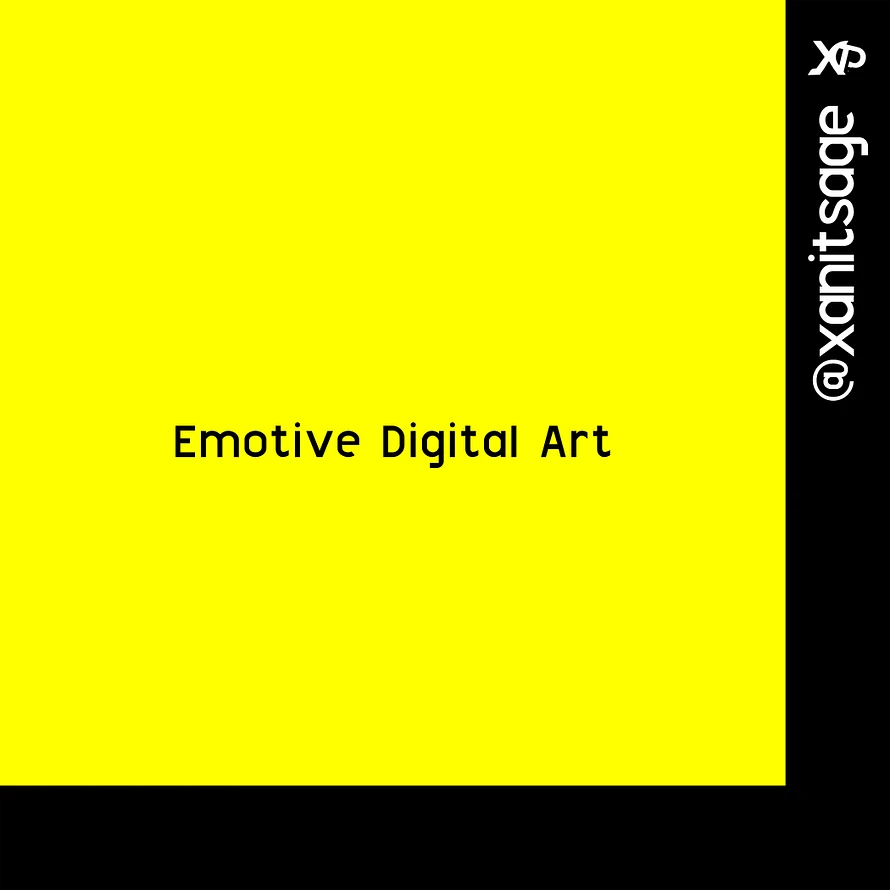Emotive Digital Art
Emotive Digital Art (EDA) is a distinctive and evocative art style conceptualised by Xanitsage. It merges digital mediums with the raw, expressive power of human emotion, creating art that resonates deeply with viewers. It isn’t confined by traditional boundaries of form or medium; instead, it reimagines the way feelings are visualised and experienced in the digital realm.
Key Aspects of Emotive Digital Art:
-
Emotional Expression:
- The core of EDA lies in translating complex emotions—such as joy, melancholy, hope, or tension—into a visual narrative.
- It focuses on evoking a visceral response, making viewers feel something profound and personal.
-
Digital Techniques:
- Utilises advanced digital tools, blending modern graphic design, animation, and multimedia elements.
- Incorporates textures, gradients, and abstract elements that symbolise emotional undertones.
-
Storytelling Through Art:
- Every piece tells a story, often abstract yet relatable.
- Xanitsage uses this medium to explore themes like human connection, individuality, and the intersection of technology and sentiment.
-
Fusion of Disciplines:
- Combines elements of Integrated Communication Design, content creation, music design, and digital storytelling.
- Often accompanied by atmospheric soundscapes or music, enhancing the emotional depth of the visuals.
-
Interactive and Immersive:
- EDA isn’t static; it seeks to immerse the audience. This might involve interactive digital experiences, motion art, or engaging multimedia installations.
Why It’s Unique:
- Unlike traditional digital art focused on aesthetics or commercial appeal, EDA prioritises emotional engagement.
- Xanitsage crafts EDA to bridge the gap between art and the human experience, presenting a new way to connect with audiences globally.
This innovative art style positions Xanitsage as a pioneer in blending emotion and technology, redefining how we experience and interpret digital creativity.

